Get tired calves and feet while skiing & snowboarding? Here’s why & ways to help prevent it
When it comes to ski and snowboard training we often to tend to focus on the juicy exercises involving the quads, gluts and hamstrings. However when hitting the slopes, most of us feel that our calves ache, and feet get tired, right? Any pre-ski training should involve exercises to work the muscles below our knees, not only our calves, but our peroneals, posterior and anterior tibilais muscles. All these muscles stabilise the foot and consequently the knee. These muscles, if not strong or able to cope with the demand whilst skiing and snowboarding, can cause uncomfortable cramps, or worse become pulled or strained.
Specifically snowboarders – do you ever feel like your calves and feet are on fire while on your toe edge snowboarding? Definitely give these exercises a go to give you more stamina and hold those edges longer! – no gym equipment or excuses needed!
** If you think you have an injury or weakness it is always best to have a consultation and a specific exercise plan – get in touch for more info. Be particularly aware if you have history of Achilles tendinitis
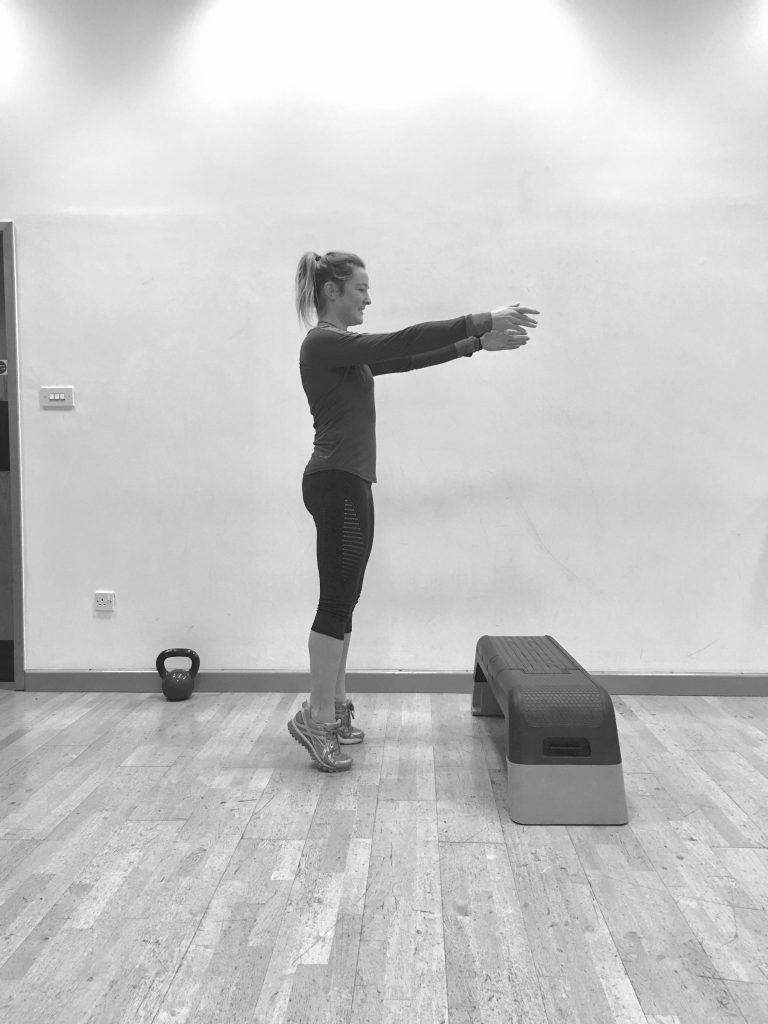
STRAIGHT KNEE HEEL RAISES (CALF RAISE)
Start this exercise with your foot flat on the floor. No trainers, or only minimalist shoes are good to encourage more stability in your foot. This differs slightly from off the step calf raises – your ankle and foot must work hard to maintain alignment and balance. This exercise can be done in sets such as x12 reps x 3sets and/or static holds to build endurance – i.e try holding the position 1 min at a time x3
Off a step is good for adding weight to increase calf complex strength and also achieving a mechanical stretch. Allow yourself to be balanced with heels off step -raise all the way up and then drop the heels all the way down. Unlike the variation above, I advise you hold on so that you can work on strength and add weight (no gym needed – using a back pack full of books is just as good. Start with free body weight. When you can complete x12 x3 easily, then start to add weight).
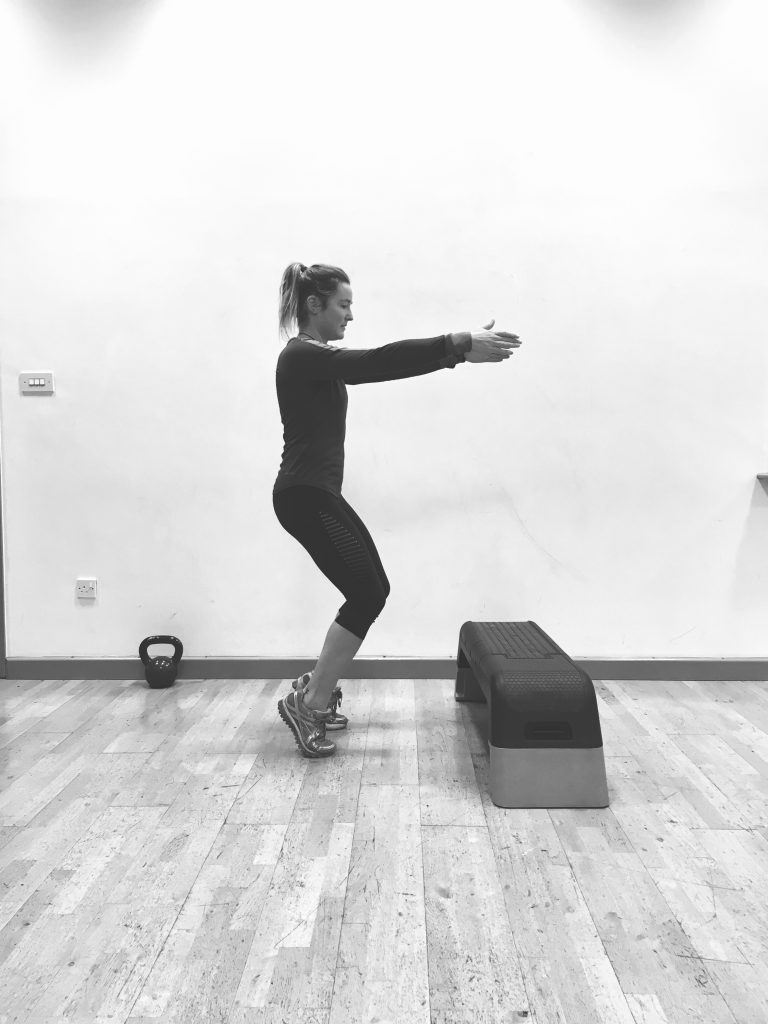
BENT KNEE HEEL RAISES (SOLEUS)
This is exactly the same as the exercise above, but with the knees bent. Why? Because there is another very important muscle lying under the calf, called the soleus, which also needs to be exercised. It works hard constantly to maintain even just you standing upright – but particularly hard so that you don’t fall over skiing. Its also going to allow snowboarders to stay more balanced and strong on their snowboarding toe edge. Exercising this muscles will help to prevent that toe edge burn kicking in as quickly!
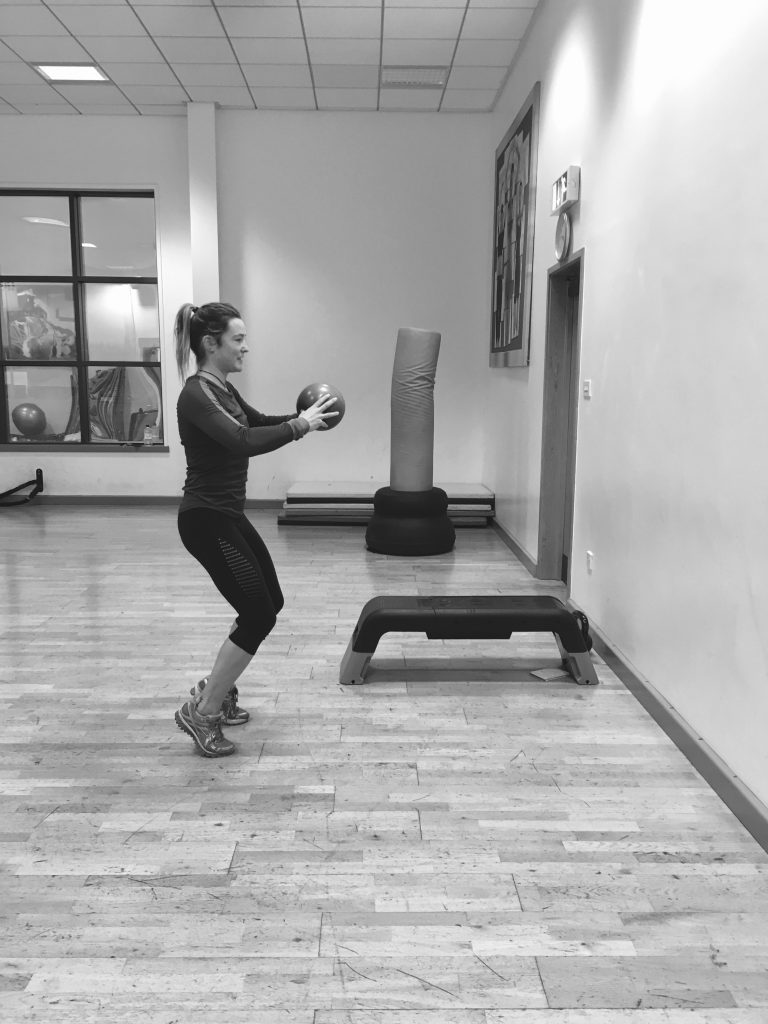
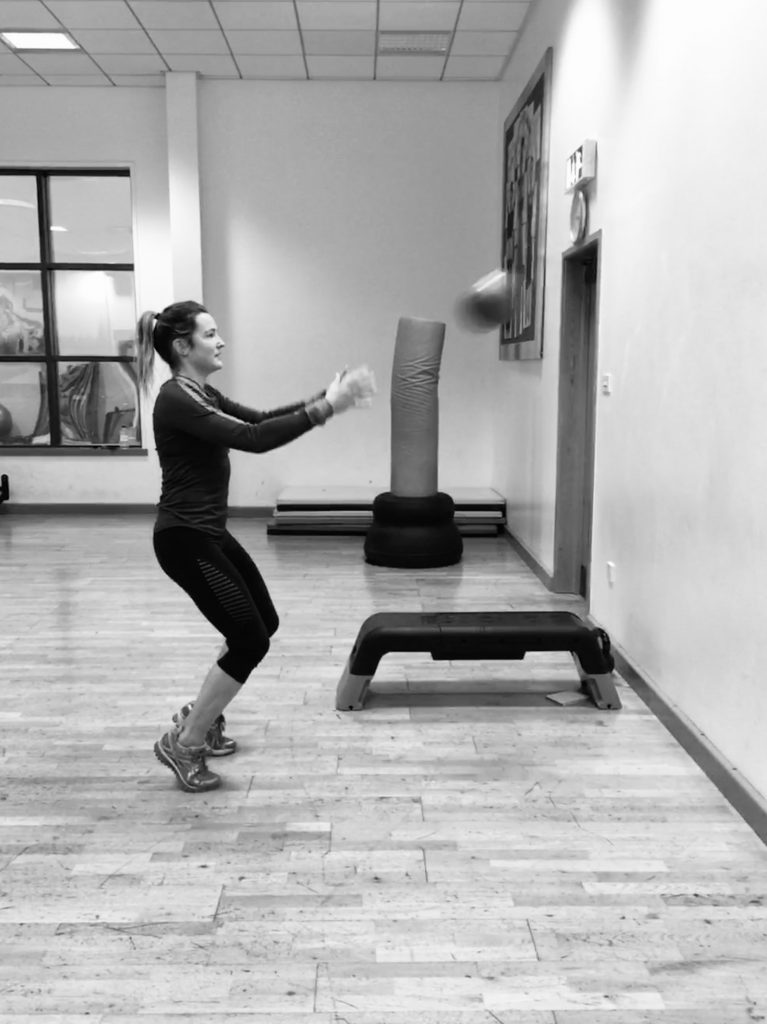
KNEE BENT THROW/CATCH
Following on from the exercises above, this exercise is designed to add a bit more instability and challenge – just like you would be faced with when out on the ski slopes. Try and maintain balance with knees bent, while throwing and catching. This is best done with a partner so you can challenge your throws! However on your own, a wall is good enough!
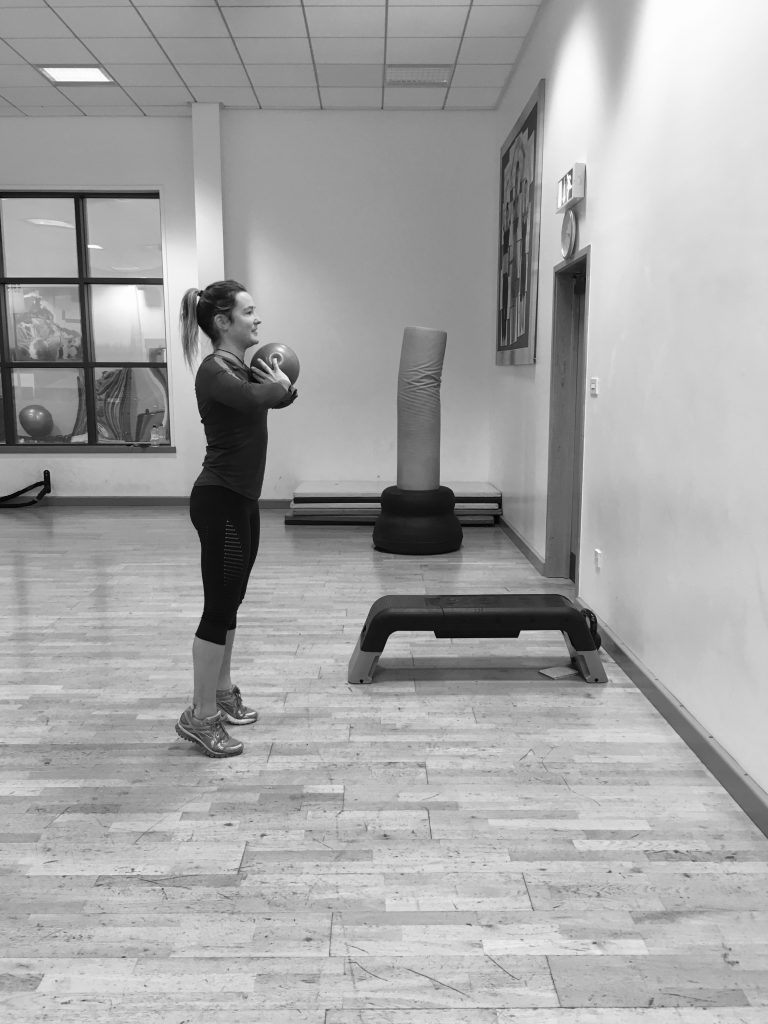
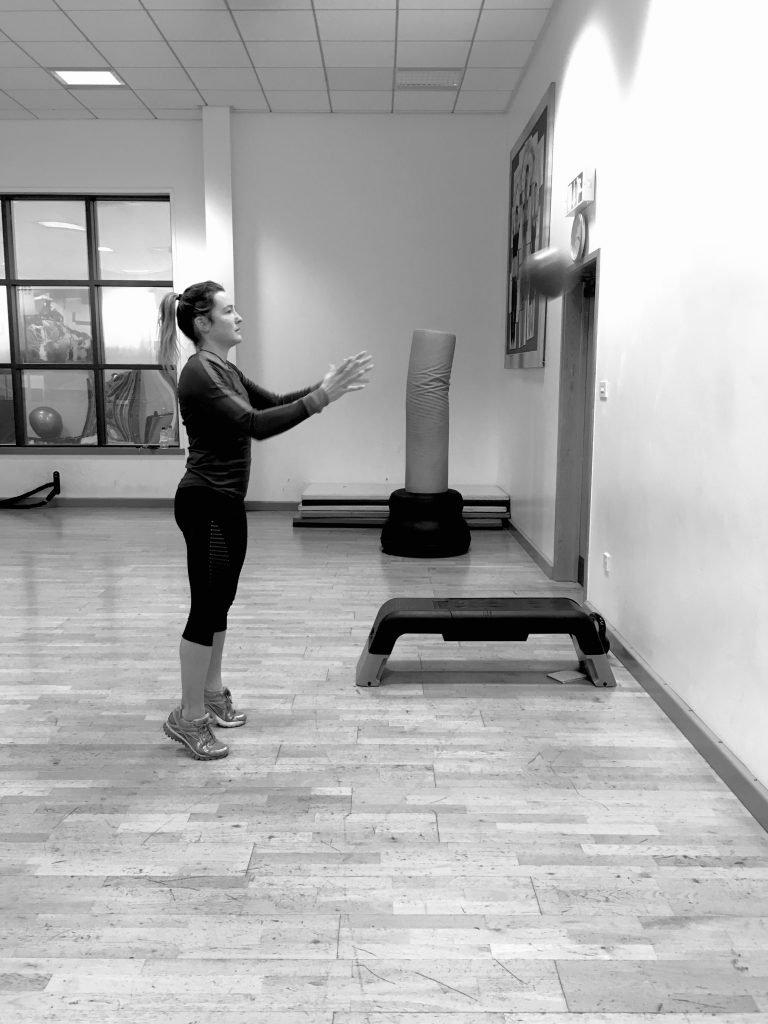
STRAIGHT KNEE THROW CATCH
As the exercise above – but with the knee straight to focus more on the calf muscle
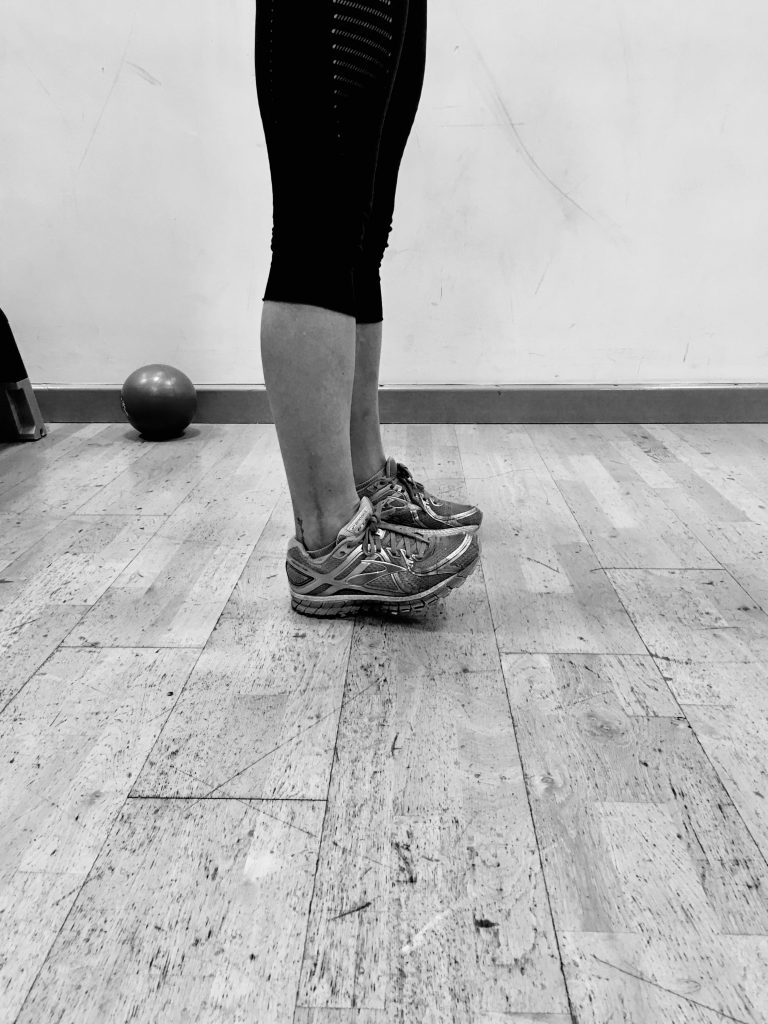
TOE TAPS AND POGOS
While skiers need strength in this muscle, this one is focused more for the snowboarders. It targets the muscle at front of your shin, known as your tibialis anterior. At any stage of snowboarding, if this muscle is strong it will certainly help. While you are learning this muscle is constantly battling to try and maintain your balance on those tricky edges! As you ride more, those challenging traverses often need stability and endurance from this muscle to maintain your heel edge. Most snowboarders will be familiar with the burn and dreaded fear of a heel edge traverse! These exercises will certainly help:
- toe taps: keep the foot flat and try and tap your toes up and down as quickly and as many times as you can in 30secs (you will find this harder than you may think) – repeat 3-5 times. You can then add a flat (disc) weight if at the gym and try and lift the weight up. At home a bag of sugar or similar can work.
- pogos: imagine you are skipping with a rope – but you are going to keep you feet flat – i.e. not jump on your toes as normal. Perform these flat footed bounces as fast as you can – again aim 30 secs x3 – 5 (think to focus on weight through the heels, and keep the toes lifted up)

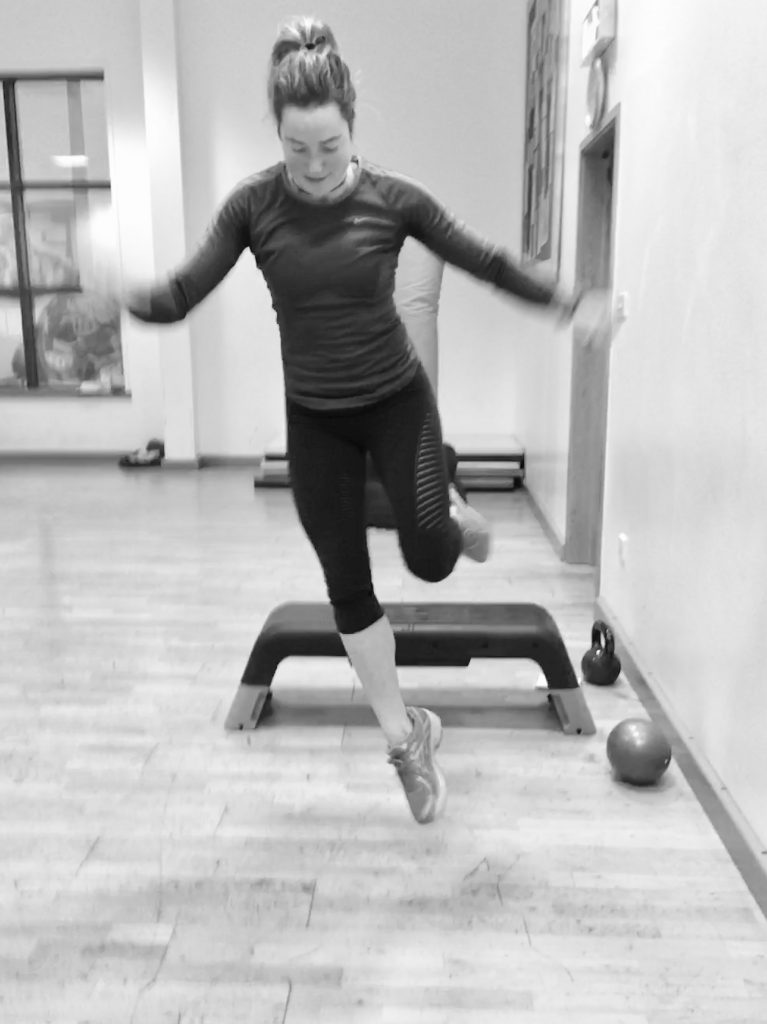
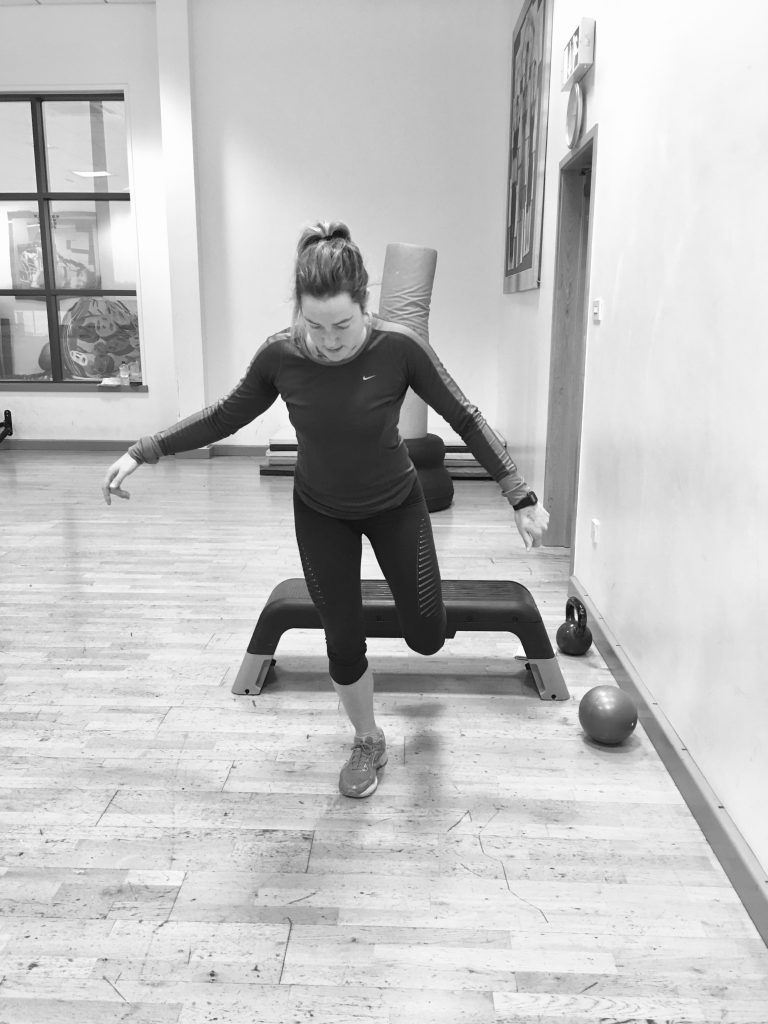
PLYOMETRICS: peroneals
The aim of this exercise is to work on plyometrics and eccentric load for the muscles on the outside your lower leg. These muscles again are vital in stabilising the foot in skiing and snowboarding – but particularly in snowboarding. Often these muscles have to work in a slightly lengthened position, or have to fight mixed terrain within the snowpack, so need this ‘reactive’ type of strength and stability.
Start standing on a step (or your stairs). Start from two feet and hop down onto one foot. As soon as your foot makes contact with the floor, immediately hop up and think to flick your toes inwards (like tapping a ball inwards with your big toe), before your foot comes back down to land neutral.
This can be slightly progressed by starting single leg on the step and jumping off, landing, then hoping straight off that same side.
There are many exercises that can help – here are just a selection. Any single leg reaching with the foot or arm, or balance cushions and wobble boards are all great ways to do this. You do not have to do this as a complete workout- you may prefer to add one or two of these exercises at the end of your normal workout.
Future blogs I will look at some more balance focused exercises which will also help the endurance and stability of these muscles, which will hopefully allow you to ride better for longer!
1 Comment for “Get tired calves and feet while skiing & snowboarding? Here’s why & ways to help prevent it”